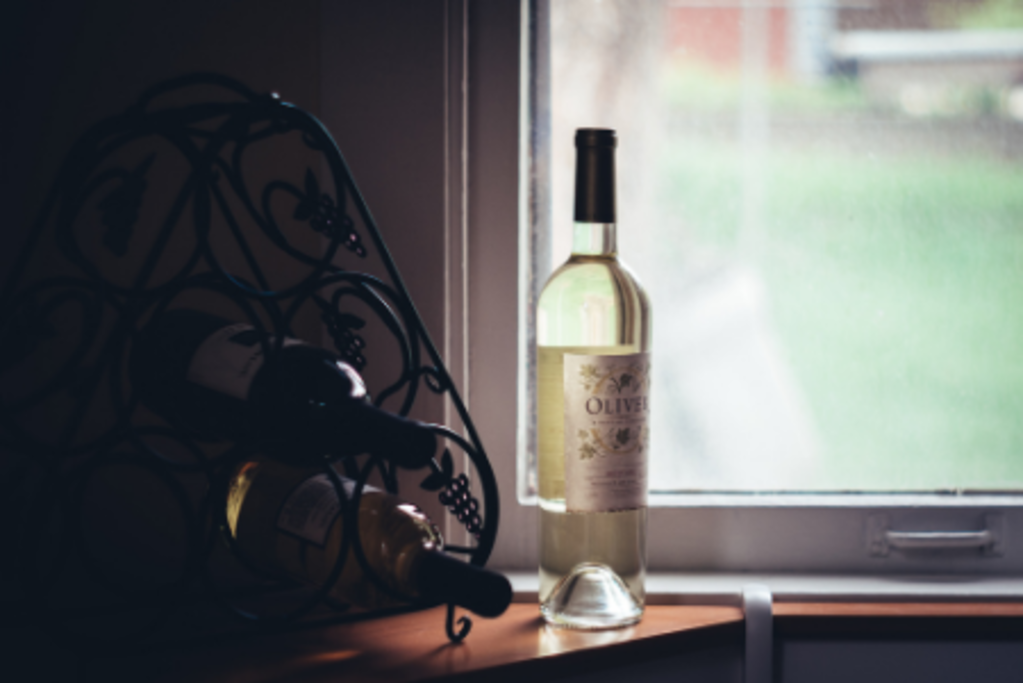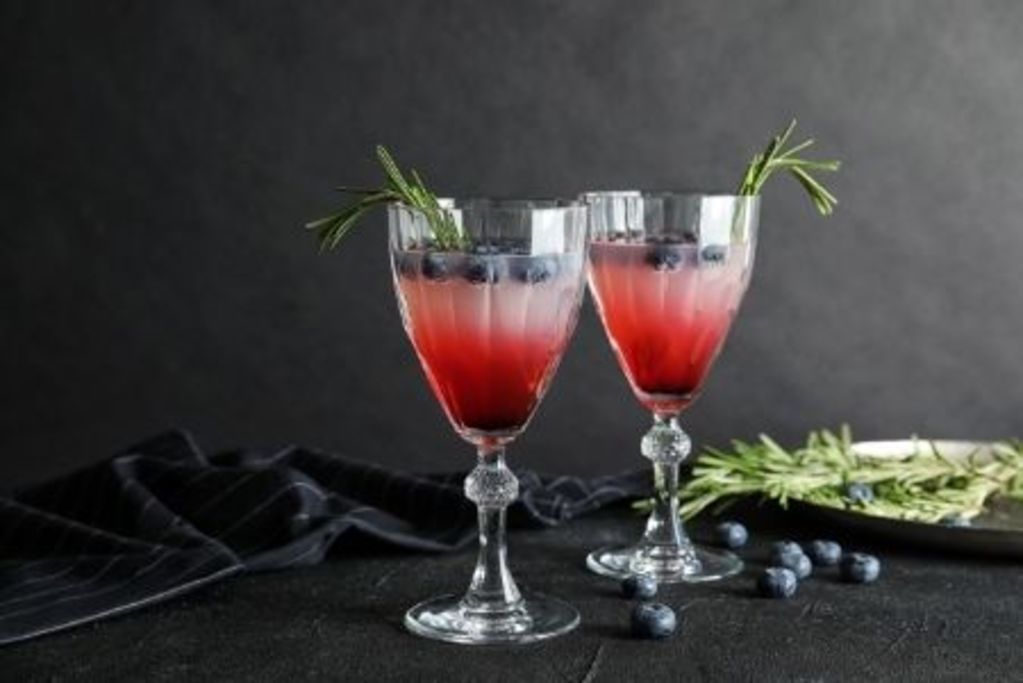
Raising a toast- The evolution of Celebration Drinking
Raising a toast- aka Celebration drinking is indeed an ancient tradition and drinking parties, in one form or another, have been around for thousands of years. Since its inception, drinking parties have had the potential of spiral wildly out of control. The Greek poet and statesman Eubulus, writing in the 4th century BCE loosely translates like this:
After three kraters of wine,
The wise guests go home;
The subsequent kraters lead to nothing but trouble;
The fifth leads to yelling;
The sit to prancing about;
The seventh to black eyes;
The eighth, brings the police;
The ninth, vomiting;
And the tenth leads to insanity and hurling the furniture!
*krater – equivalent of a modern punch bowl.
We bet you haven’t spent much time thinking about the toast. You toast one another, you say “cheers”, you clink glasses and then the rest is often forgotten history in the drinking stupor.
Let’s give you some interesting tid-bits for home bar banter.

The times when Teetotalers were eyed with suspicion and wine drinkers were treated allies!
Apparently, the custom of raising a glass to one another before you drink originated with the Romans and the Greeks who used to offer wine to their gods before celebrations. What started as a custom of pouring a portion of one’s drink in honour of the gods went on to become offering a drink in honour of one’s companions, and eventually led to aggressively competitive drinking.
When Roman Senate decreed that the health of the Emperor Augustus be drunk at every meal was just to start a drinking game, and the snarky verses in the first century CE even talk about guests asked to drink the number of glasses of wine equaling to the letters in their mistress’s name- A huge challenge if the names were long!
The first recorded toast in England was raised for the King’s health in 450 CE when a goblet of wine was raised for King Vortigern, who was bowled over by the gesture and proposed marriage to Rowena right after she raised this toast to him!
Holiday wassail bowl actually takes its name from Saxon waes hael toast, that means “to the health” and a single bowl is shared traditionally for a drink. Related to this is the tradition of the loving cup, a large two-handled cup passed from diner to diner each taking turn for a swig. This is done in honour of “The Martyr” King Edward II from the 10 th century, who was stabbed to death by his stepmother while drinking a cup of mead. To this day, one person flanks the person taking his turn at the loving cup, to “protect” the defenseless drinker!

Hammered Copper Plated Cup: Shop Here
The Term “ Toast” and its Origin Wide Belly Whiskey Glasses: Shop Here
Wide Belly Whiskey Glasses: Shop Here
The term toast itself comes from a piece of spiced or charred toast, which was routine dropped in a cup of bowl or wine, either as a h’or d’oeuvre or to make the stale taste of win better. Even Shakespeare, in his The Merry Wives of Windsor, mentions that Falstaff puts a toast in his quart of spiced wine. From floating bread to the honoring the person who is literally the new toast of the town in 18th century, raising a toast has surely come a long way.
British navy at a roster of toasts to be drunk daily, strictly in order, starting from the king, followed by “our ships at sea,” “our men,” “a willing foe and sea room,” and even “sweethearts and wives.”
Prince Regent, known for snapping off wine-glass stems would favour competitive toasting while gentlemen toasted to the admired ladies until they collapsed to the floor. By the 19th century however, the proposed toast gained a bit of etiquette and a sip was considered plenty and sufficed to catch the toastee’s eye.
A perfect way to break the ice, stimulate familiarity, and convey mutual affection, toasts have been a symbol of uplifting sentiments and celebration of life. In Casablanca, Humphrey Bogart’s best and last toast to Ingrid Bergman— “Here’s looking at you, kid”— was just a matter of eye contact, showing the respect and admiration , with not a glass of wine in sight.
“The Star-Spangled Banner” of the United States is based on a melody called “To Anacreon in Heaven” which was adapted into a song that was actually a rendition to a musical toast.
Raising a toast is a traditional and universal sign of camaraderie to go with virtually any social drink. Transcending across borders, breaking barriers and creating a general sense of universal oneness, our love for wine and finer things in life keeps us going and raising a toast is our way of celebrating yet another day conquered. Whatever your tipple, we say good health and happiness to you, wherever you are and whatever language you speak!
For more trivia, tips and advice, as well as all your cocktail and glassware requirements, visit bar-enthusiast.com.
References
- Dickson, Paul. Toasts. Bloomsbury USA, 2009.
- Dunkling, Leslie. The Guinness Drinking Companion. The Lyons Press, 2002.
- Gately, Iain. Drink: A Cultural History of Alcohol. Gotham Books, 2008.
- Visser, Margaret. The Rituals of Dinner. Grove Press, 1991.
- Geoffrey of Monmouth,12th-century History of the Kings of Britain



Leave a comment
This site is protected by hCaptcha and the hCaptcha Privacy Policy and Terms of Service apply.